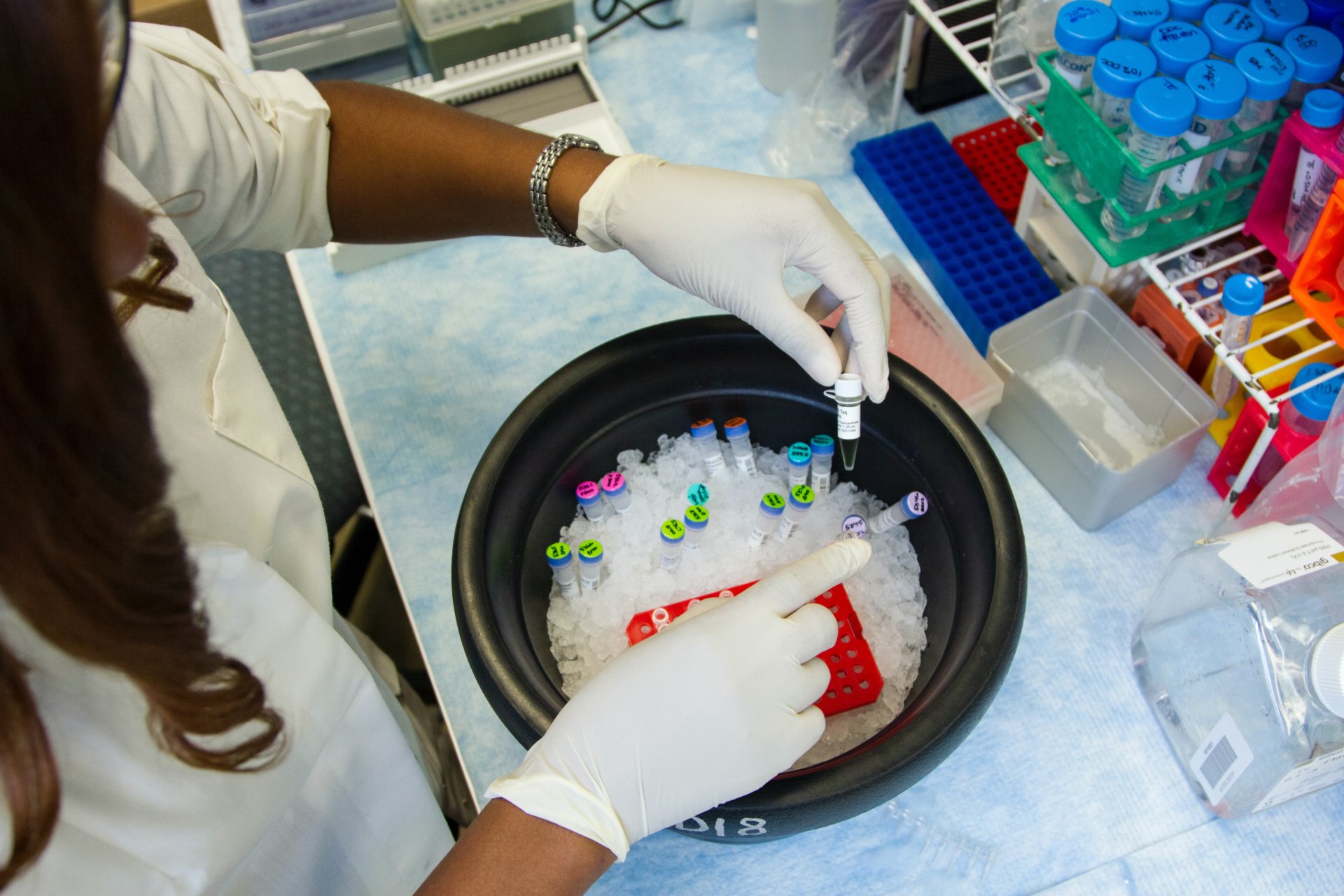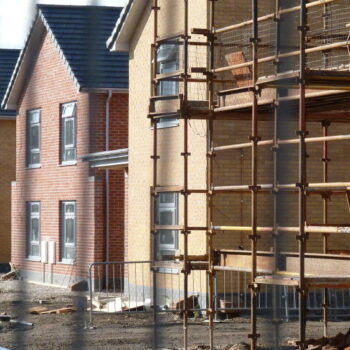The COVID-19 pandemic has placed the healthcare sector in the spotlight. The reality is the pandemic will not be controlled at a global level until healthcare systems in developing economies – as well as developed ones – can cope with the virus and distribute a vaccine. As investments in global healthcare systems ramp up, it is vital to ensure healthcare sector investment is fit to tackle COVID-19 as a marathon, rather than a sprint. Furthermore, investment should lay the foundation for lasting improvements in healthcare.
Multilateral Development Banks (MDBs) have set up emergency support operations to aid national health systems in their COVID-19 response. This support focuses on providing equipment and medicine, building new healthcare facilities, and supporting infrastructure to serve patients.
With their ability to take a longer-term view, MDBs should also focus on baking longer-term considerations around resilience into their healthcare responses. One often-overlooked element of this resilience is cooling and the logistical cold chain.
Within hospitals and clinical care facilities, cooling is important in regulating ambient temperatures, as well as maintaining temperatures and preserving medicine, food, blood, organs and bodies. In many developing countries hospital air conditioning may be limited and climate change will only increase pressure on their cooling systems. As of 2014, up to 90% of medical facilities globally lacked access to modern cold chain equipment. As a result of lack of access, facilities use older devices or broken equipment. Ramping up investment in healthcare systems should take this into account to avoid expensive retrofits subsequently. This goes for both the design of hospitals themselves as well as the cooling systems within them.
In addition to improving health outcomes, improving hospital cooling is a win-win – ensuring more efficient cooling and lower running costs, while reducing CO2 emissions. Significantly, if the world’s healthcare sector was a country, its climate footprint would make it the fifth-largest emitter, equivalent to 4.4% of net emissions globally. Furthermore, if hospital cooling could be made 30% more efficient, it would reduce the overall carbon footprint of the healthcare sector by more than 5% whilst lowering operating costs. This would be equivalent to the yearly mitigation abatement from installing 27,400 wind turbines.
Image: Abatement potential assuming a 30% increase in efficiency of hospital cooling and efficiency. Estimates exclude impact from high-global warming potential refrigerants.

MDBs are key to ensuring such longer-term win-win scenarios are taken into account even as the world scrambles to meet the healthcare investment challenge posed by COVID-19. Longer-term sustainability considerations around healthcare investment are as important as ensuring supporting infrastructure matches patient-facing demand. For example, global efforts to develop a COVID-19 vaccine will yield limited results without distribution systems to reliably transport the vaccine to patients throughout the world.
Existing data shows there is still work to be done in this area. The World Health Organization (WHO) estimates – prior to COVID-19 – there were 1.5 million deaths per year from diseases that could have been prevented with an effective cold-chain to distribute vaccines. The WHO also estimates over a quarter of some classes of vaccines may be wasted each year as a result of logistical and temperature control breakdowns. One study in Nigeria calculated vaccine wastage rates at between 18-35%.
Given the existing failures, there is a clear case for building a more sustainable cold chain within the healthcare sector of developing countries. The European Investment Bank and the World Bank Group are already supporting the development of a vaccine. Now it is critical to ensure the development of the logistical cold chain to support its distribution. MDBs can build on the work of the Gavi Alliance which, through the Cold Chain Equipment Optimization Platform, has committed US $250 million to jointly invest with countries to purchase and install higher performance cold chain equipment.
Currently, in the dash to respond to COVID-19, the focus is rightly on outputs – ventilators procured, hospitals built. However, to ensure these efforts aren’t squandered in the long-term, there must be sustainable systems underpinning them. Two important elements of this are ensuring hospitals can efficiently adapt to the cooling demands of the future and temperature-controlled logistics to minimise the wastage of medicines and vaccines.
An efficient cold chain can be a matter of life and death in the healthcare sector. Improving cooling within healthcare can achieve both development and climate goals by supporting a more resilient health sector at the patient level while mitigating climate impacts by reducing CO2 and F-gas emissions. As such, MDBs should prioritise efficient, climate-friendly cooling as a critical component of healthcare spending in response to the COVID-19 pandemic.

